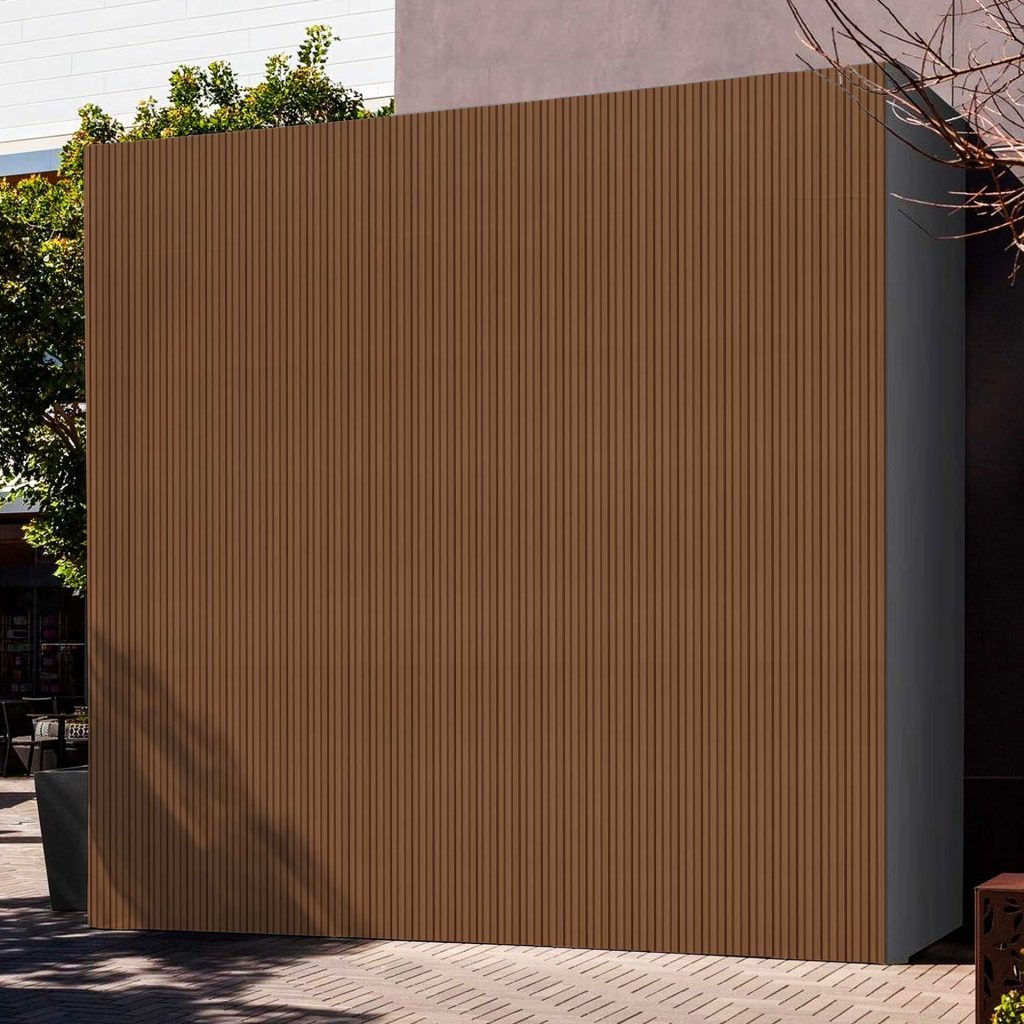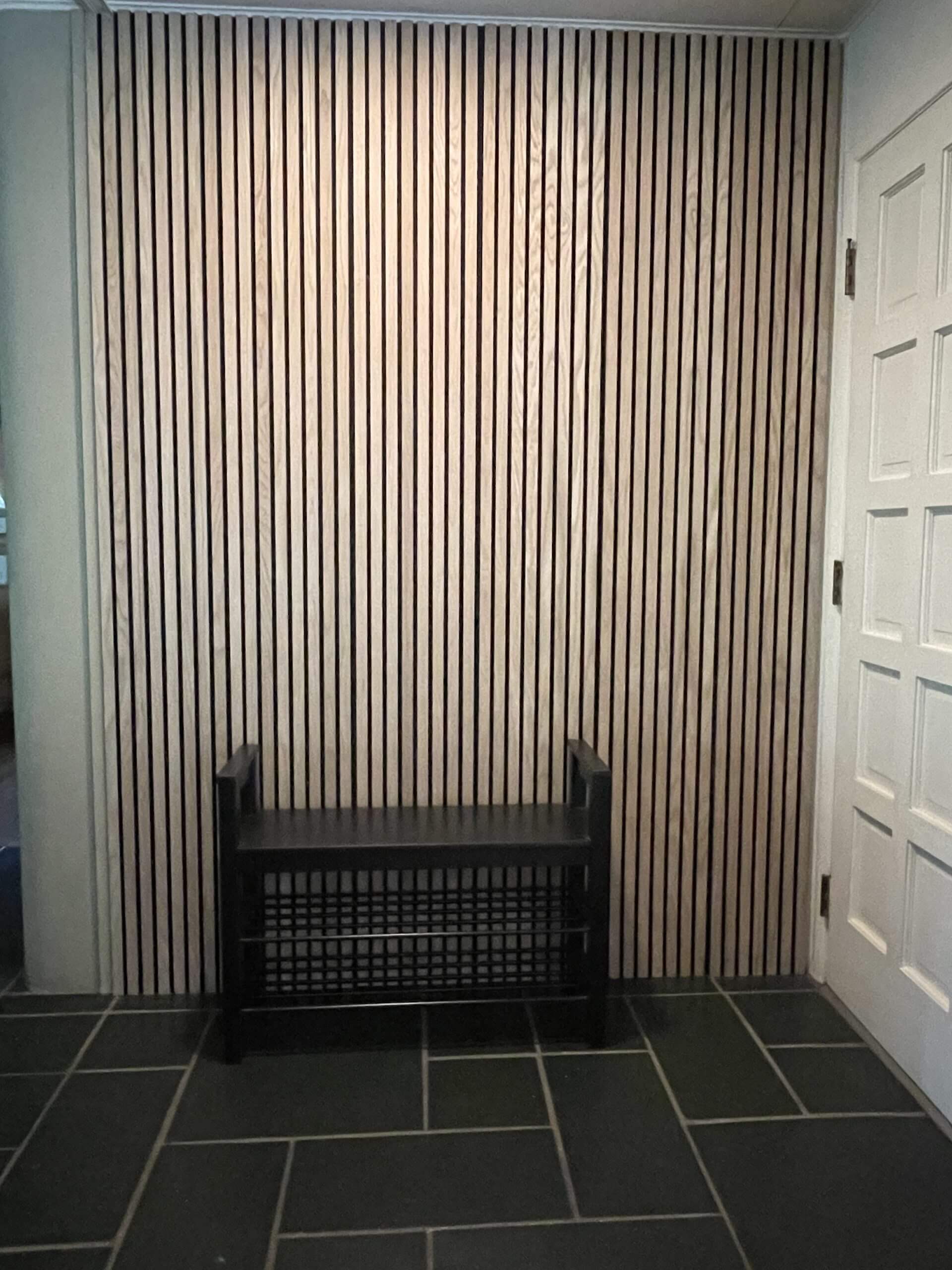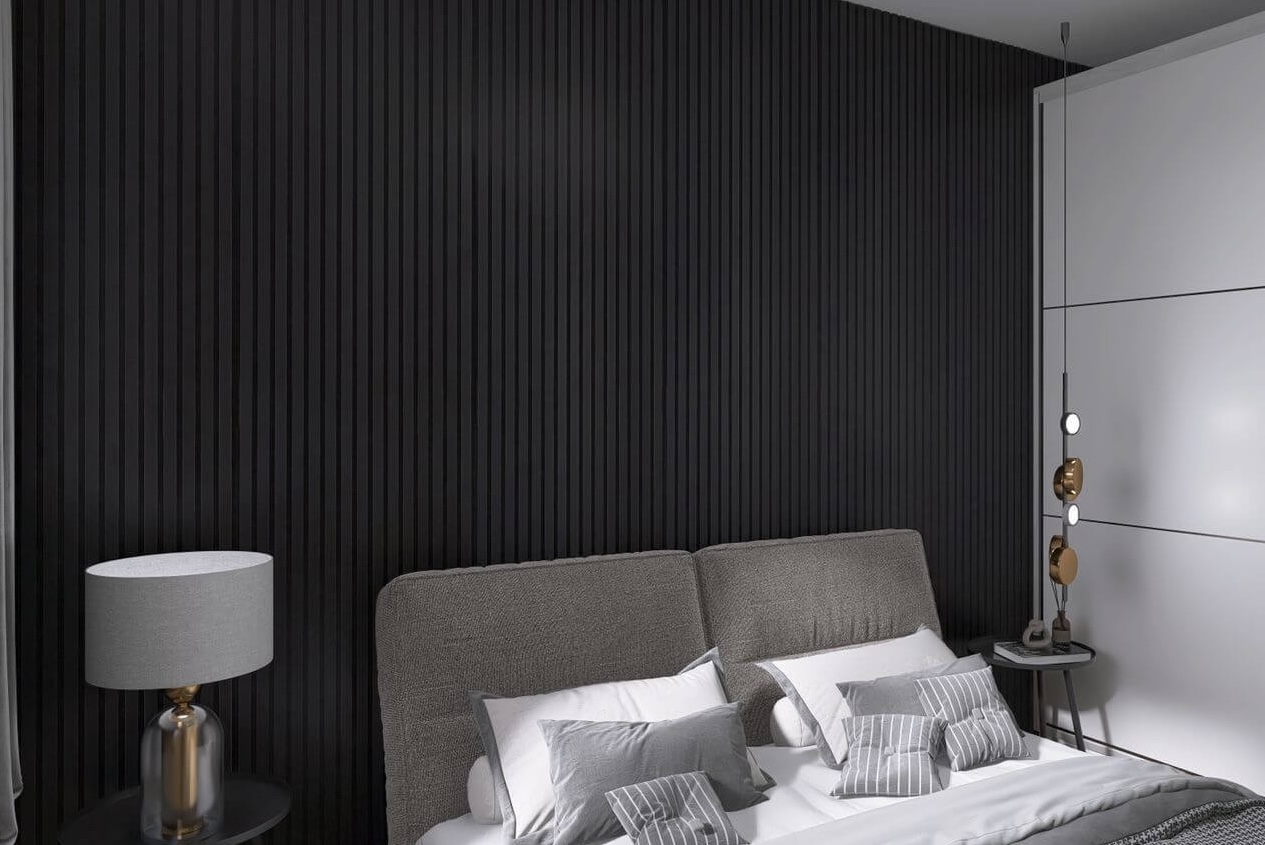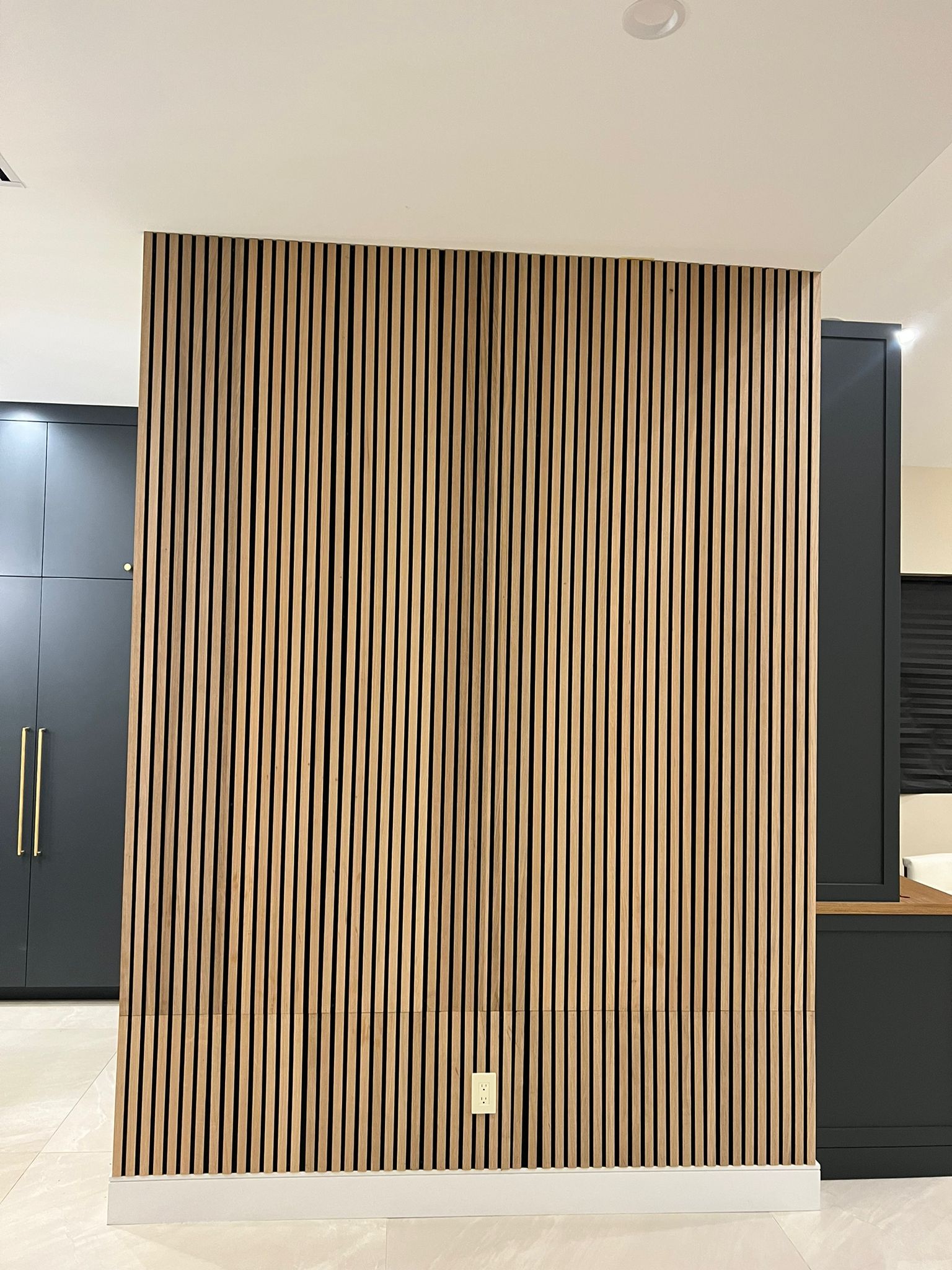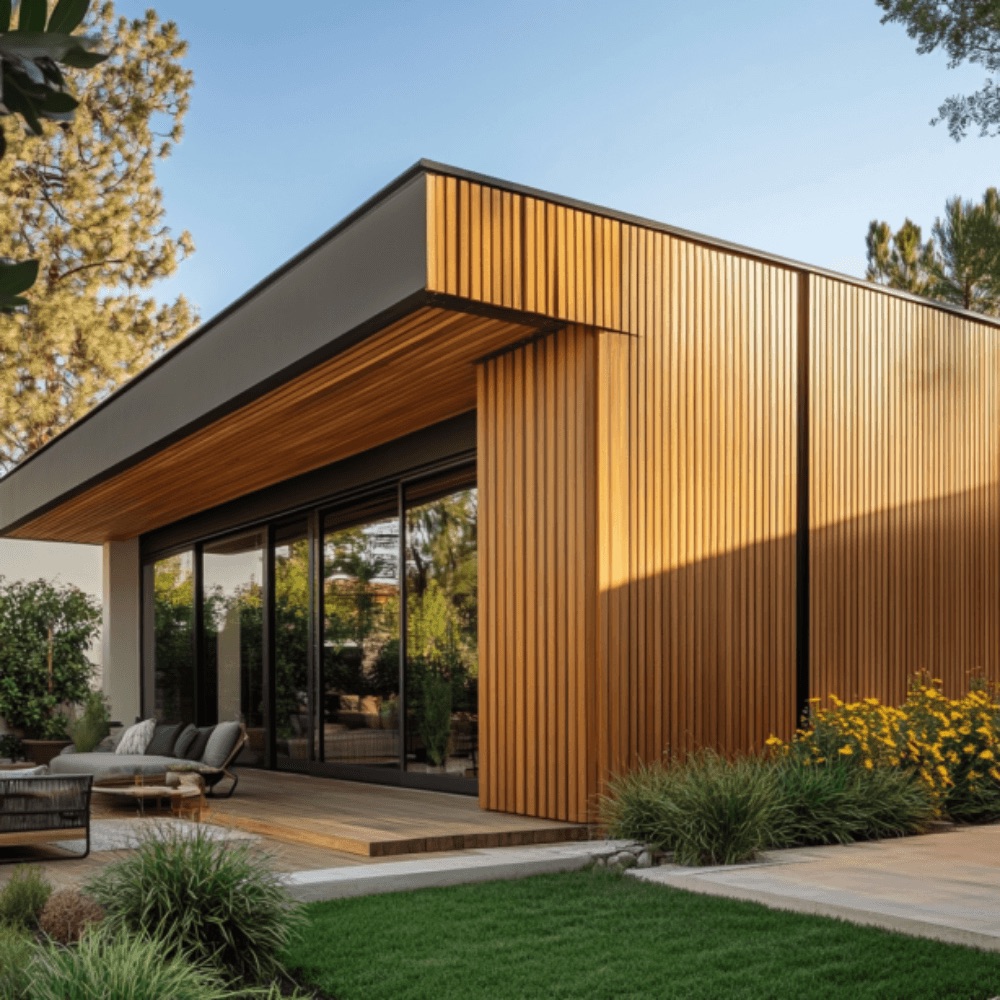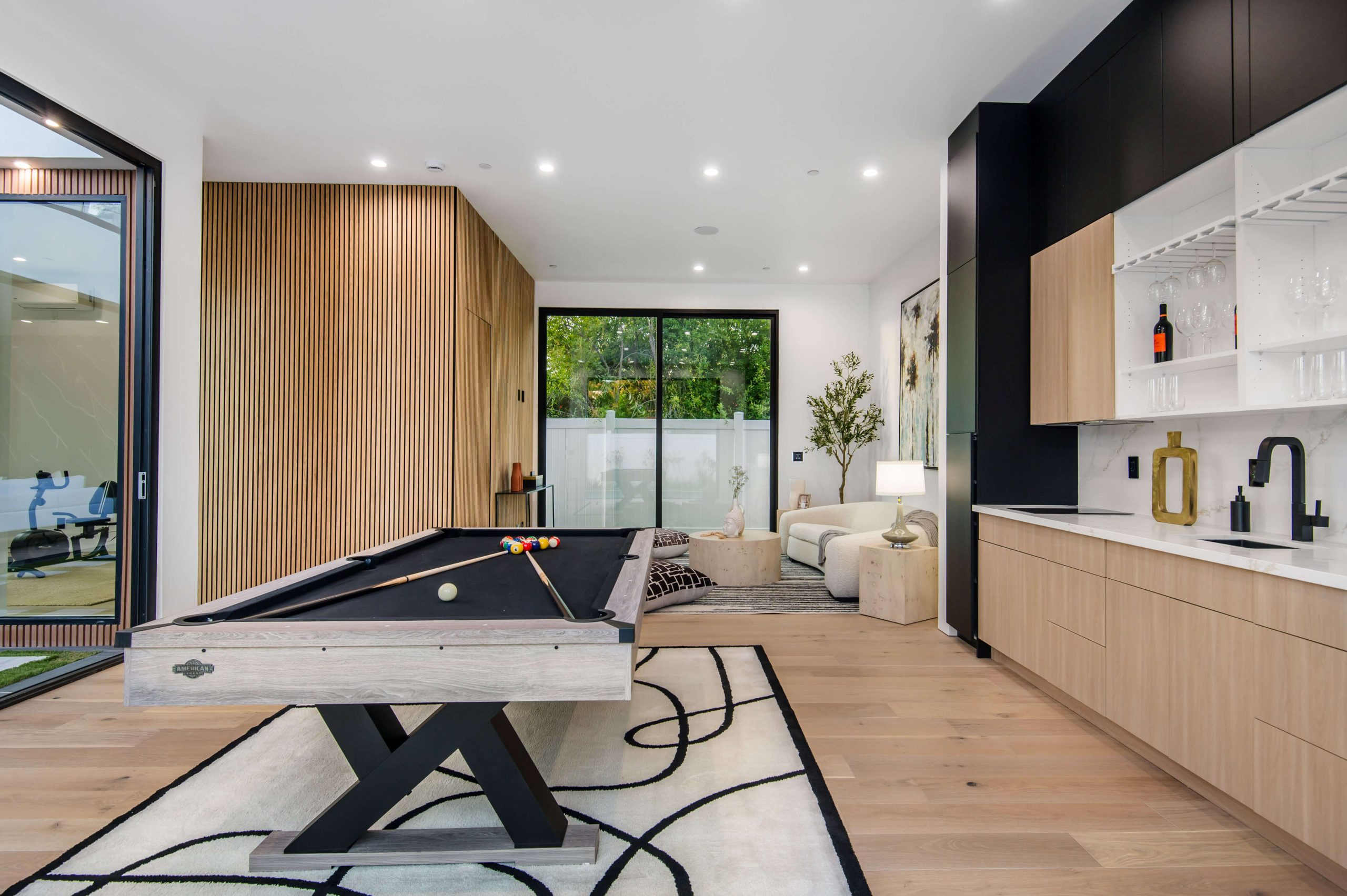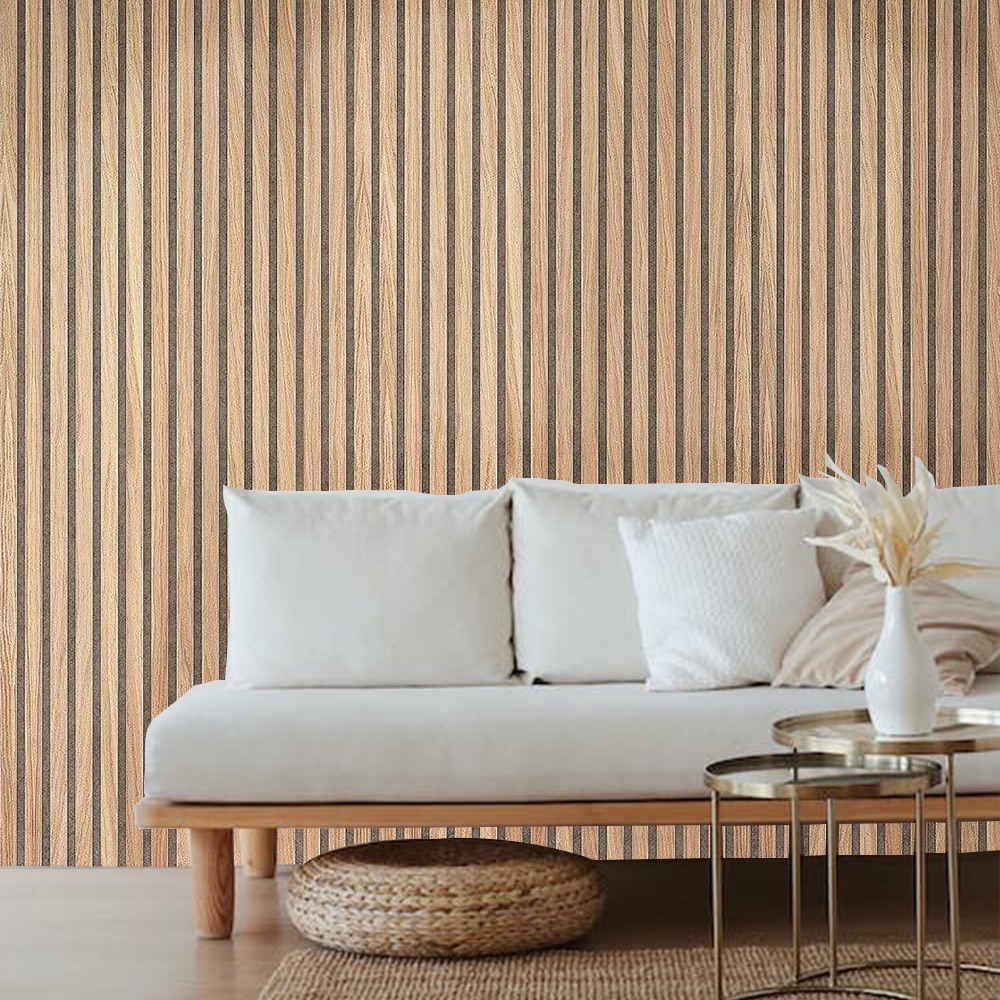Choosing the right exterior panel siding for your home or business is a significant decision. Not only does it influence the overall aesthetics of your building, but it also plays a crucial role in protecting your property from the elements. One of the most common questions homeowners ask is: “What is the expected lifespan of exterior panel siding?”
Understanding Exterior Panel Siding
Exterior panel siding refers to the materials applied to the exterior walls of a building to protect them from weather elements, enhance curb appeal, and improve insulation. There are various types of exterior panel siding available, including wood, vinyl, and composite panels like the Wood-Plastic Composite (WPC). Each material offers different lifespans, maintenance requirements, and benefits.
Factors Affecting the Lifespan of Exterior Panel Siding
Several factors influence how long your exterior panel siding will last:
- Material Type: Different materials have varying levels of durability. For example, wood siding may last up to 30 years with proper maintenance, while composite materials like WPC or MDF offer longer-lasting solutions with less upkeep.
- Climate: The local climate significantly affects the lifespan of your siding. Buildings in areas with extreme weather conditions, such as heavy rain, snow, or intense sunlight, may experience more wear and tear.
- Installation Quality: Proper installation is key to extending the life of your siding. Poorly installed panels can lead to gaps, allowing moisture to infiltrate and causing damage over time.
- Maintenance: Regular maintenance can significantly extend the lifespan of exterior panel siding. Cleaning, sealing, and painting the panels periodically helps protect them from the elements and prevent issues such as rot or cracking.
Types of Exterior Panel Siding and Their Lifespan
Let’s explore the most common types of exterior panel siding and their expected lifespans:
1. Wood Siding
Wood is a classic choice for exterior panel siding, known for its natural beauty and timeless appeal.
- Expected Lifespan: 20-30 years (with regular maintenance).
- Pros: Aesthetic appeal, eco-friendly, easy to repair.
- Cons: Requires frequent maintenance, susceptible to rot and termites.
Tips for Longevity:
- Regularly paint or stain wood siding to protect it from moisture and UV damage.
- Inspect for signs of rot or termite infestation and treat them promptly.
2. Vinyl Siding
Vinyl siding is popular due to its affordability and low maintenance. It’s made from PVC (polyvinyl chloride) and offers a wide variety of colors and styles.
- Expected Lifespan: 20-40 years.
- Pros: Low maintenance, durable, affordable.
- Cons: Can crack in extreme cold, limited in terms of aesthetic flexibility.
Tips for Longevity:
- Clean the siding annually to remove dirt and mildew.
- Avoid exposing vinyl to excessive heat, which can warp the material.
3. Composite Wood-Plastic Siding (WPC)
As noted, WPC is a blend of wood fibers and plastic, providing a durable, weather-resistant option for exterior panel siding. WPC requires less maintenance than natural wood and is more resistant to rot and insect damage.
- Expected Lifespan: 25-50 years.
- Pros: Low maintenance, eco-friendly, resistant to rot and insects.
- Cons: Higher upfront cost compared to vinyl or wood.
Tips for Longevity:
- Clean occasionally to maintain appearance.
- Inspect periodically for any signs of damage or wear.
4. Metal Siding
Metal siding, typically made from aluminum or steel, is another durable option for homeowners. It provides a sleek, modern appearance and is highly resistant to weather elements.
- Expected Lifespan: 40-60 years.
- Pros: Extremely durable, fire-resistant, low maintenance.
- Cons: Susceptible to dents, more expensive than vinyl.
Tips for Longevity:
- Paint metal siding every few years to prevent rust.
- Repair any dents promptly to avoid further damage.
How to Extend the Lifespan of Your Exterior Panel Siding
Regardless of the material you choose, there are several general maintenance practices that can help extend the life of your exterior panel siding:
- Regular Cleaning: Dirt and mildew can accumulate on siding, leading to deterioration over time. Clean your siding at least once a year using a pressure washer or mild detergent.
- Sealant Application: For wood or composite siding, apply a sealant to protect against moisture infiltration. This is especially important for homes in rainy or humid climates.
- Inspect for Damage: Perform regular inspections to check for any signs of damage, such as cracks, rot, or peeling paint. Address these issues promptly to prevent them from worsening.
- Repaint or Restain: If your siding is painted or stained, ensure you refresh the finish every few years. This helps protect against UV rays, moisture, and other environmental factors.
Signs It’s Time to Replace Exterior Panel Siding
Even with the best maintenance practices, there will come a time when your exterior panel siding needs replacement. Here are common signs it’s time to replace your siding:
- Cracking or Warping: Panels that have cracked or warped beyond repair are a clear sign it’s time to invest in new siding.
- Fading or Discoloration: Significant fading, even after repainting, indicates that the siding materials have reached the end of their useful life.
- Mold and Rot: If you notice mold growth or rot on wood siding, it may be too late for repairs, especially if the damage has spread.
FAQ: Lifespan of Exterior Panel Siding
1. How often should I repaint wood siding?
Wood siding should be repainted every 3-7 years, depending on the climate and condition of the paint.
2. Can I install exterior panel siding myself?
Yes, many types of siding, such as vinyl and composite, can be DIY-installed with the right tools and guidance.
3. Does exterior panel siding improve energy efficiency?
Yes, many siding materials, especially insulated options, can improve your home’s energy efficiency by reducing heat transfer.
4. What is the best material for low-maintenance siding?
Vinyl and composite wood-plastic siding are both low-maintenance options that offer durability and weather resistance.
5. Can exterior panel siding be painted?
Yes, many types of siding, including wood and composite, can be painted. However, some materials, like vinyl, may not hold paint as well over time.
Conclusion
The lifespan of your exterior panel siding depends largely on the material, climate, installation quality, and maintenance. By choosing a durable siding material like composite WPC or well-maintained wood, you can ensure your home remains protected and visually appealing for decades. Regular care and timely repairs will maximize the longevity of your investment, providing both functionality and aesthetic value for your property.
By following the best practices outlined here, homeowners can enjoy durable and beautiful exterior panel siding that stands the test of time.

